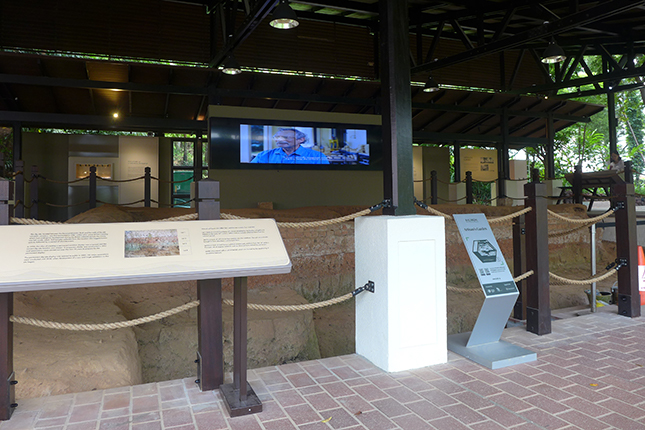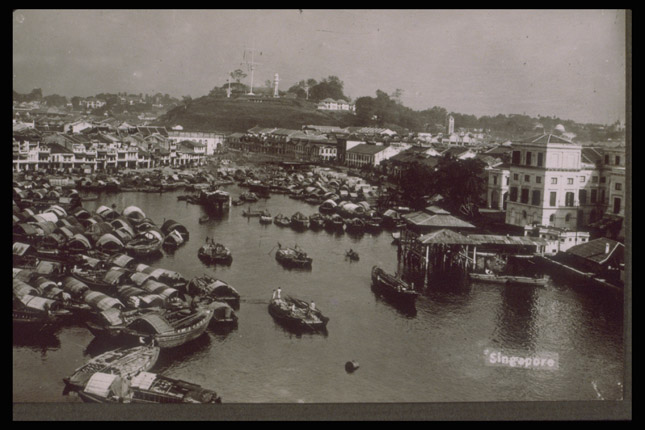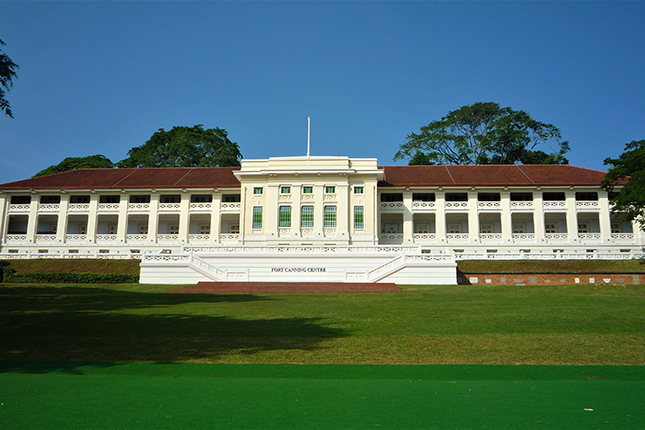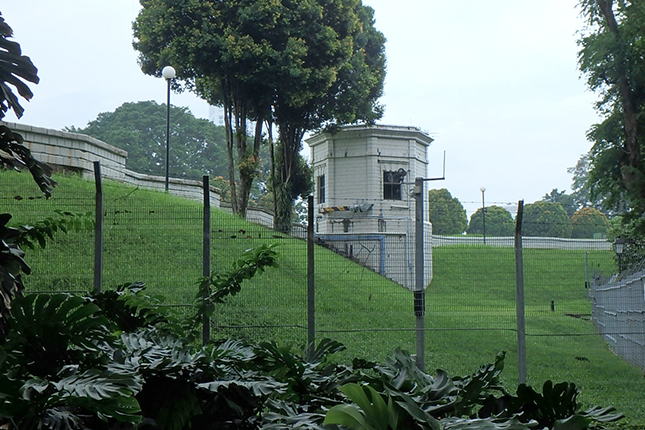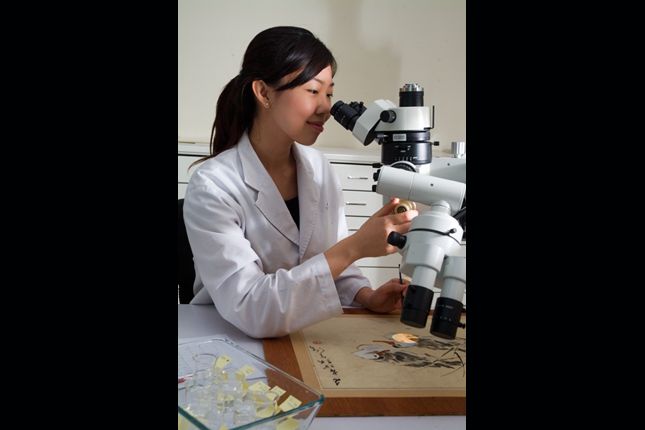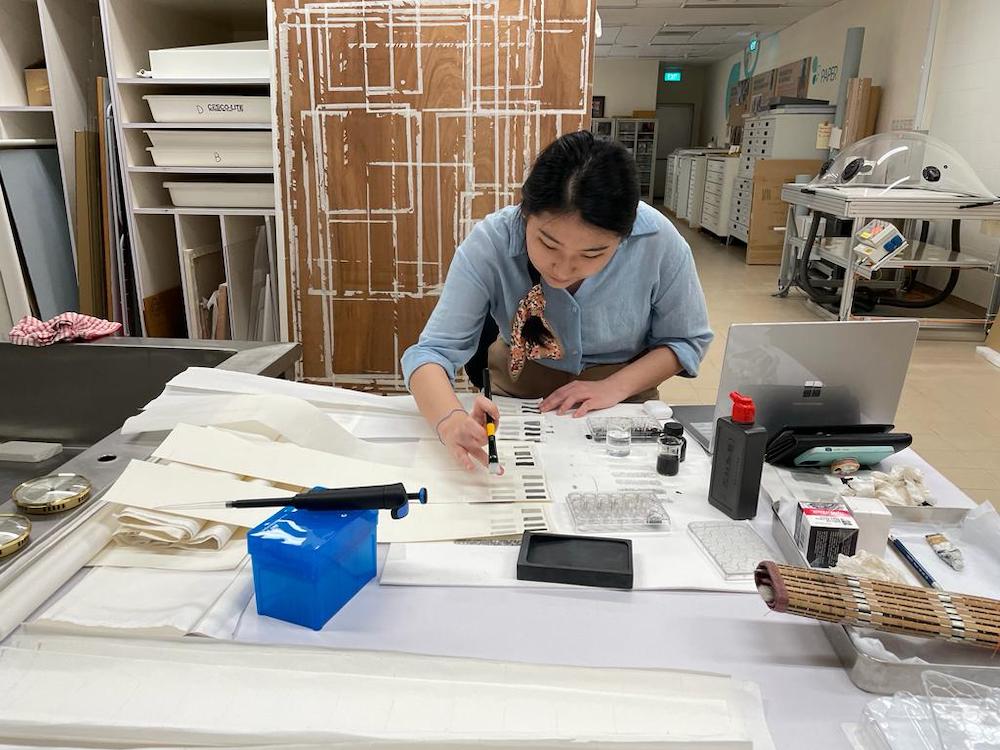Archaeological research at Fort Canning started only in 1984, and evidence from these research efforts indicate that the hill has been inhabited on and off since the 14th century. When the British arrived in 1819, they were informed by the local Malay people that a royal palace used to stand atop the hill. Records indicate that this may have been the home of a Palembang prince named Parameswara, who fled to Temasek (Singapore) after a Javanese attack.
Regardless of the identity of Fort Canning’s early royal residents, the wealth of artefacts discovered suggest that it was the site of a prosperous trading settlement. Apart from earthenware pottery made using traditional Malay techniques, archaeologists have also found earthenware from southern Thailand, ceramics from Guangzhou, porcelain from Jiangxi and Chinese coins dating back to the Song Dynasty (960-1279). All of these demonstrate 14th-century Singapore’s status as a centre of trade between East and West Asia, frequented by a multicultural group of merchants and adventurers.
The vast majority of objects found on Fort Canning Hill are fragments of pottery. Through these fragments, archaeologists have been able to determine that Fort Canning’s 14th century inhabitants were mostly affluent Malays. Certain types of Chinese pottery unearthed at the excavation site would only have been available to the wealthy or noble.
Sir Stamford Raffles built a house for himself on the south end of the hill’s summit, which would later become the official residence of Singapore’s governors. The Fort itself was built in 1859, complete with cannons, powder magazine and ramparts of brick and earth.
In 1926, most of the Fort was demolished to make way for a service reservoir.
Over the years, the site underwent numerous excavations since the first archaeological dig in 1984. National Parks Board (NParks) scheduled enhancement plans to the Archaeological Dig exhibition in 2018.
The exhibition site was first completed in 2001, it includes an archaeological dig site and artefacts found around Fort Canning Park. The improvement works included a more interactive space such as a sand pit for simulated archaeological activities, an open space for workshops, wider gallery space and multimedia educational panels on artefacts.
The park was the venue of the main showcase for Singapore’s bicentennial in 2019.
This is a conserved building(s) by the Urban Redevelopment Authority (URA), please visit URA’s Conservation Portal for more details.
Buildings and sites featured on Roots.SG are part of our efforts to raise awareness of our heritage; a listing on Roots.SG does not imply any form of preservation or conservation status, unless it is mentioned in the article. The information in this article is valid as of May 2019 and is not intended to be an exhaustive history of the site/building.




